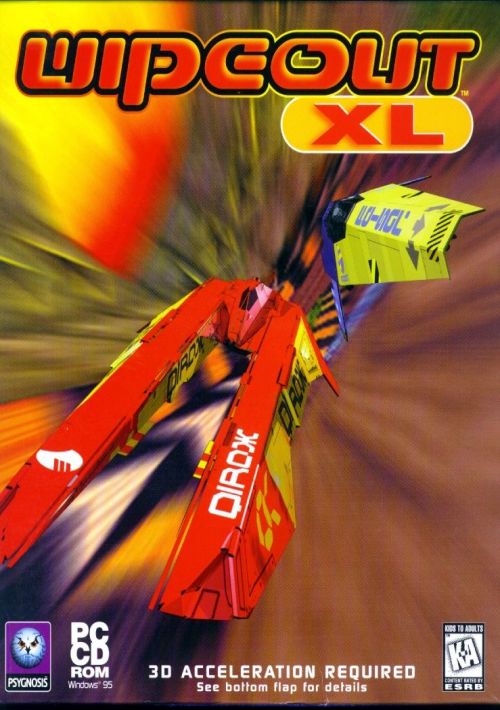
For companies in most sectors, a single prolonged shock to production could wipe out 30 to 50 percent of one year’s earnings before interest, taxes, and depreciation.

Over the course of a decade, companies may face disruptions that erase half a year’s profits or more. So with good reason, the rapid decay of a decades-old model of supply chain reliability and efficiency is a key feature of CEO agendas. To restore the needed resilience, supply chain operators may need to consider a range of options, including structural reform. As the frequency and magnitude of the disruptions increased, applying ad hoc remedies to restore predictability to a system premised on ever-increasing cost optimization became more difficult. The invasion compounded supply chain troubles in critical sectors, including agriculture, automotive, energy, and food. This article is a collaborative effort by Knut Alicke, Cengiz Bayazit, Tim Beckhoff, Tacy Foster, and Mihir Mysore, representing views from McKinsey’s Operations and Risk Management practices.


 0 kommentar(er)
0 kommentar(er)
